AMD’s Powerful Radeon 9000 Gaming CPUs Are Coming to Laptops

The Zen 5 Ryzen 9 9900X3D and 9950X3D should offer better graphics performance. AMD also shared more about its next generation of Radeon GPUs.

AMD's CES announcements include a tease about next-gen graphics cards, a new flagship desktop CPU, and a modest refresh of its processors for handheld gaming PCs. But the company's largest announcement, by volume, is about laptop processors.
Today the company is expanding the Ryzen AI 300 lineup with a batch of updated high-end chips with up to 16 CPU cores and some midrange options for cheaper Copilot+ PCs. AMD has repackaged some of its high-end desktop chips for gaming laptops, including the first Ryzen laptop CPU with 3D V-Cache enabled. And there's also a new-in-name-only Ryzen 200 series, another repackaging of familiar silicon to address lower-budget laptops.
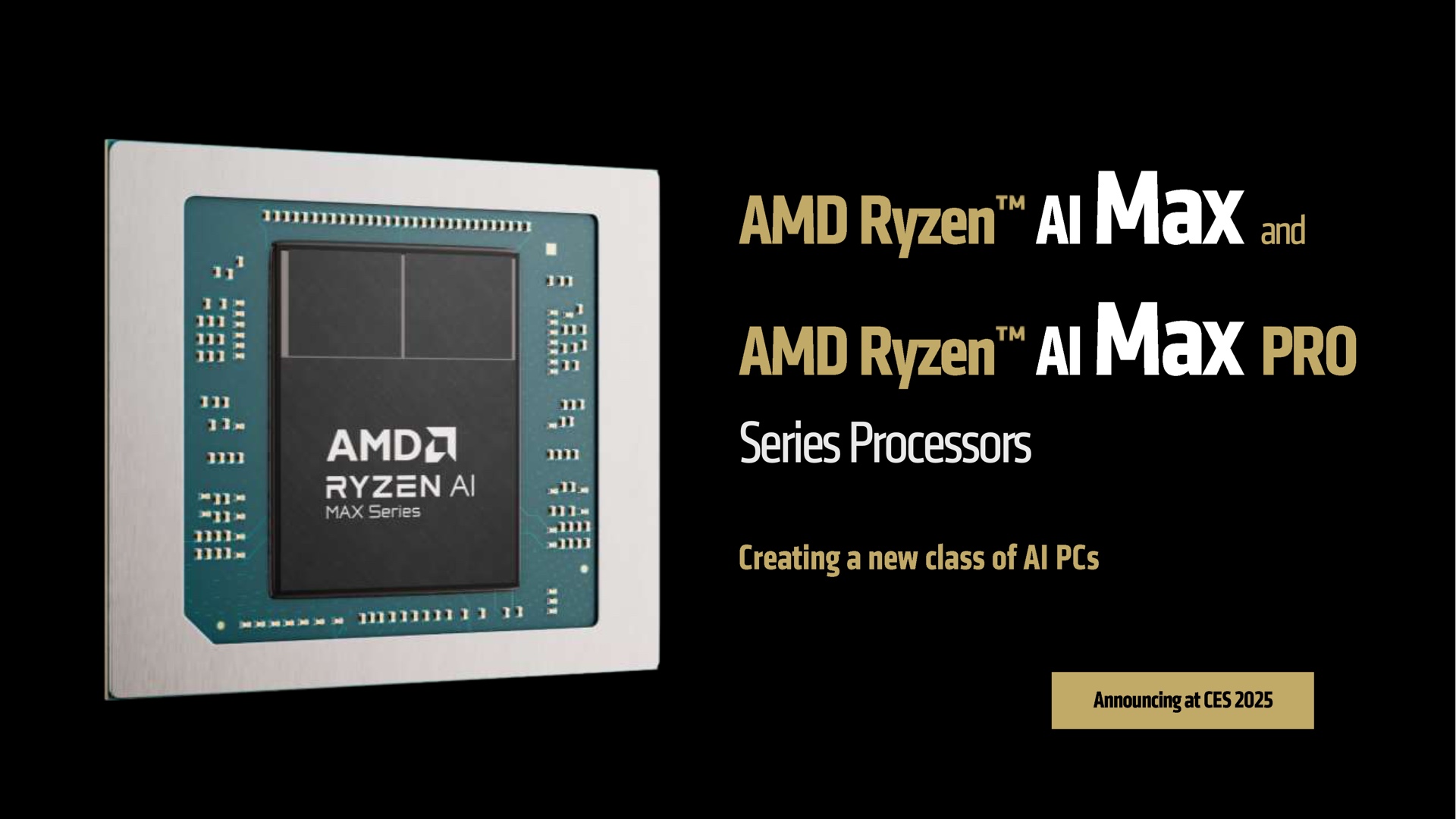 Ryzen AI is back, with Max and Max+ versions that include huge integrated GPUs.
Credit:
AMD
Ryzen AI is back, with Max and Max+ versions that include huge integrated GPUs.
Credit:
AMD
We came away largely impressed by the initial Ryzen AI 300 processors in August 2024, and new processors being announced today expand the lineup upward and downward.
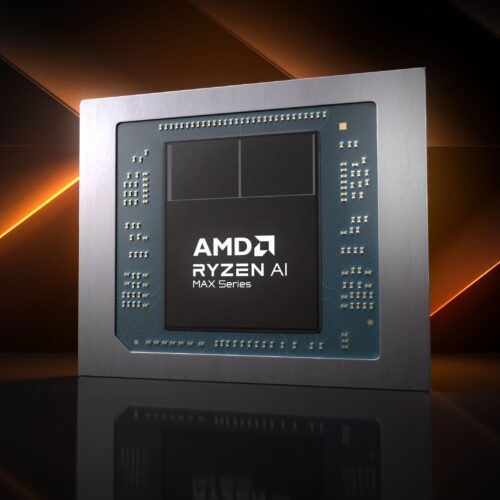
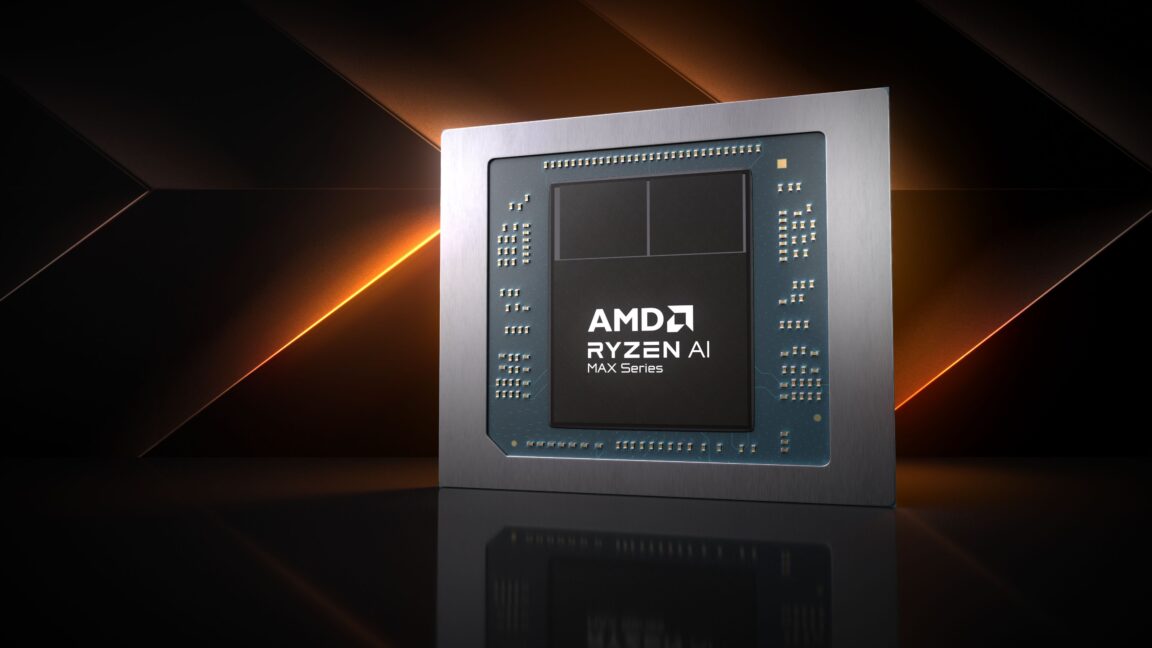
© AMD
AMD's batch of CES announcements this year includes just two new products for desktop PC users: the new Ryzen 9 9950X3D and 9900X3D. Both will be available at some point in the first quarter of 2025.
Both processors include additional CPU cores compared to the 9800X3D that launched in November. The 9900X3D includes 12 Zen 5 CPU cores with a maximum clock speed of 5.5 GHz, and the 9950X3D includes 16 cores with a maximum clock speed of 5.7 GHz. Both include 64MB of extra L3 cache compared to the regular 9900X and 9950X, for a total cache of 144MB and 140MB, respectively; games in particular tend to benefit disproportionately from this extra cache memory.
But the 9950X3D and 9900X3D aren't being targeted at people who build PCs primarily to game—the company says their game performance is usually within 1 percent of the 9800X3D. These processors are for people who want peak game performance when they're playing something but also need lots of CPU cores for chewing on CPU-heavy workloads during the workday.
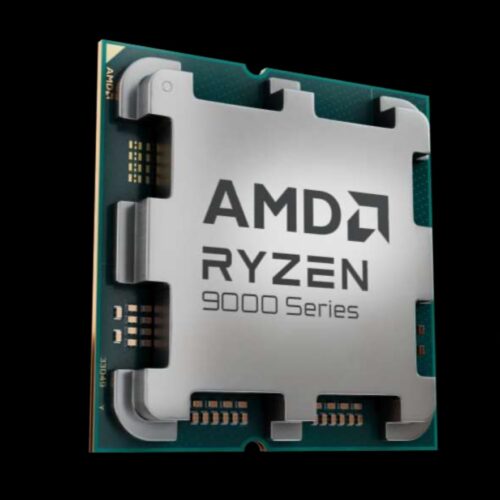
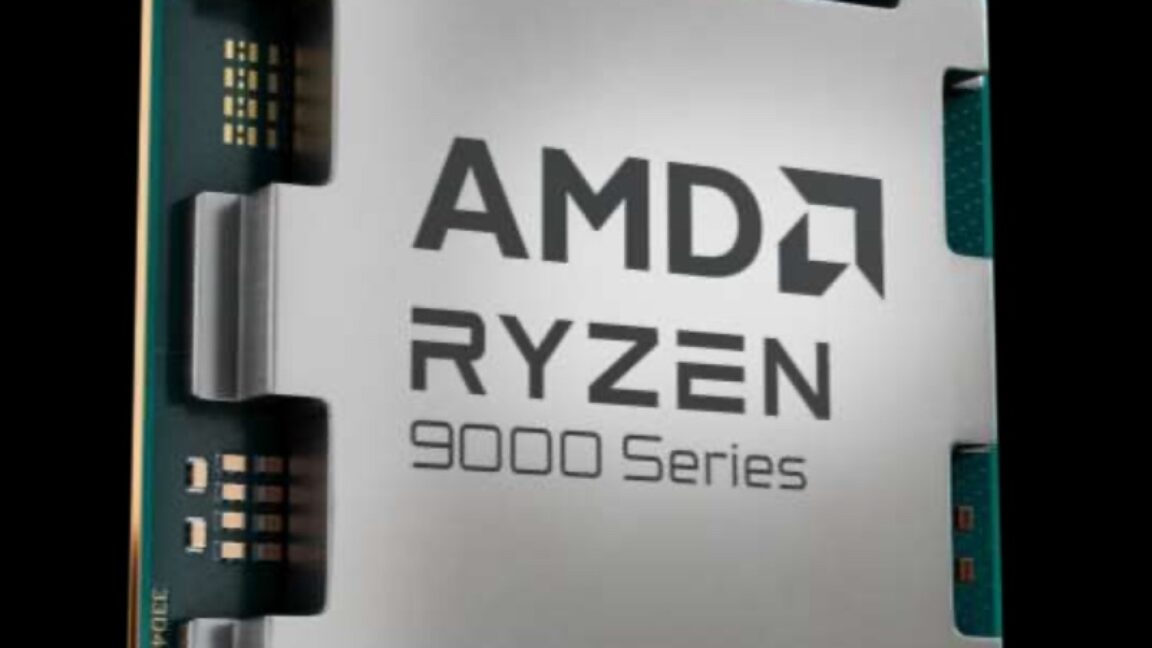
© AMD
Nearly two years ago, AMD announced its first Ryzen Z1 processors. These were essentially the same silicon that AMD was putting in high-end thin-and-light laptops but tuned specifically for handheld gaming PCs like the Steam Deck and Asus ROG Ally X. As part of its CES announcements today, AMD is refreshing that lineup with three processors, all slated for an undisclosed date in the first quarter of 2025.
Although they're all part of the "Ryzen Z2" family, each of these three chips is actually much different under the hood, and some of them are newer than others.
The Ryzen Z2 Extreme is what you'd expect from a refresh: a straightforward upgrade to both the CPU and GPU architectures of the Ryzen Z1 Extreme. Based on the same "Strix Point" architecture as the Ryzen AI 300 laptop processors, the Z2 Extreme includes eight CPU cores (three high-performance Zen 5 cores, five smaller and efficiency-optimized Zen 5C cores) and an unnamed RDNA 3.5 GPU with 16 of AMD's compute units (CUs). These should both provide small bumps to CPU and GPU performance relative to the Ryzen Z1 Extreme, which used eight Zen 4 CPU cores and 12 RDNA 3 GPU cores.
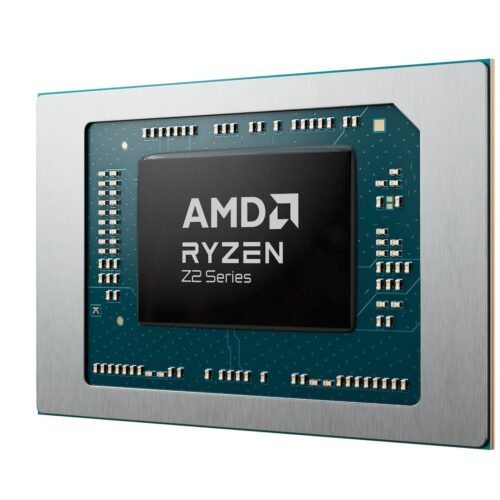

© AMD
Nvidia is widely expected to announce specs, pricing, and availability information for the first few cards in the new RTX 50 series at its CES keynote later today. AMD isn't ready to get as specific about its next-generation graphics lineup yet, but the company shared a few morsels today about its next-generation RDNA 4 graphics architecture and its 9000-series graphics cards.
AMD mentioned that RDNA 4 cards were on track to launch in early 2025 during a recent earnings call, acknowledging that shipments of current-generation RX 7000-series cards were already slowing down. CEO Lisa Su said then that the architecture would include "significantly higher ray-tracing performance" as well as "new AI capabilities."
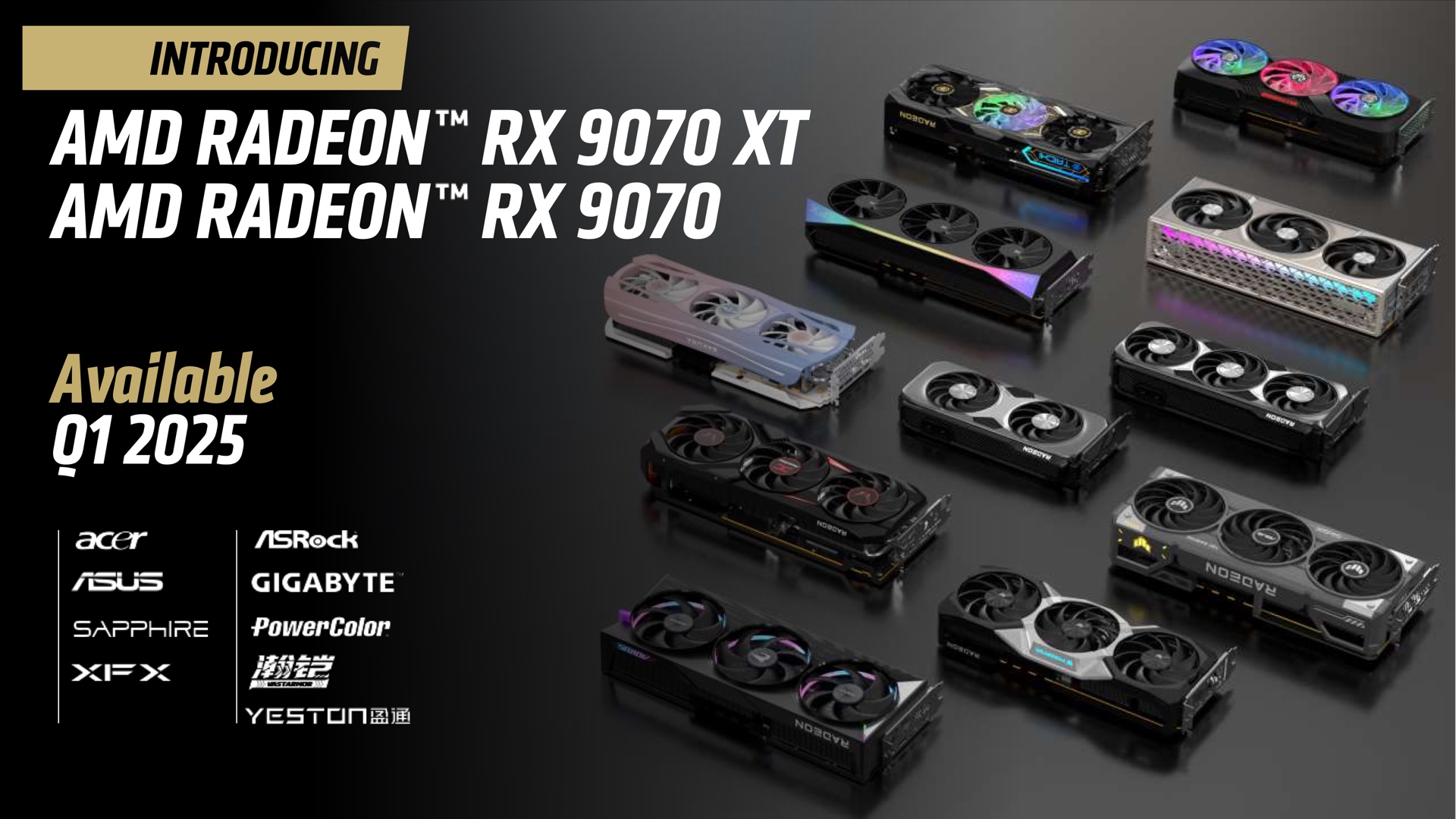 AMD's RDNA 4 launch will begin with the 9070 XT and 9070, which are both being positioned as upper-midrange GPUs like the RTX 4070 series.
Credit:
AMD
AMD's RDNA 4 launch will begin with the 9070 XT and 9070, which are both being positioned as upper-midrange GPUs like the RTX 4070 series.
Credit:
AMD
The preview the company is providing today provides few details beyond those surface-level proclamations. The compute units will be "optimized," AI compute will be "supercharged," ray-tracing will be "improved," and media encoding quality will be "better," but AMD isn't providing hard numbers for anything at this point. The RDNA 4 launch will begin with the Radeon RX 9070 XT and 9070 at some point in Q1 of 2025, and AMD will provide more information "later in the quarter."
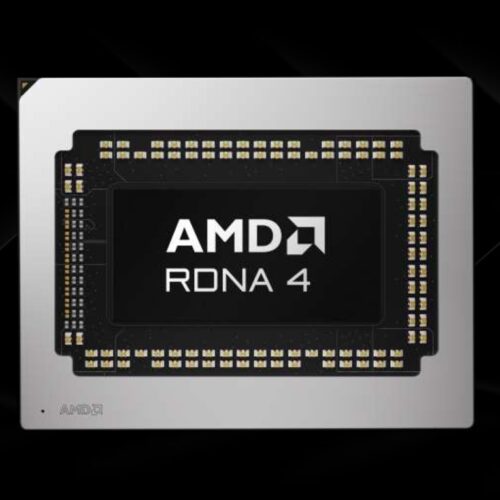
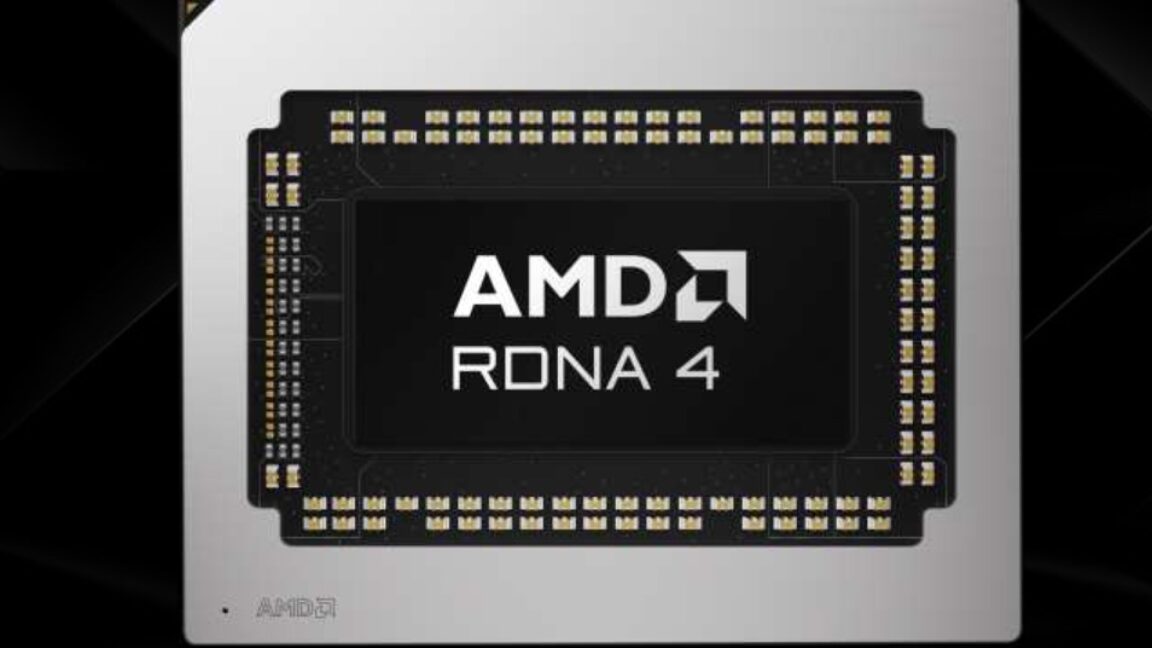
© AMD
At CES 2025 in Las Vegas, AMD unveiled a slew of new chips destined for devices ranging from desktops to gaming handhelds. AMD is riding high coming into this year’s CES. The company commanded a 28.7% share of the desktop CPU segment in Q3 2024, up 9.6 percentage points compared to the same quarter the […]
© 2024 TechCrunch. All rights reserved. For personal use only.

CES 2025 officially kicks off in Las Vegas on the morning of Tuesday, January 7 and runs through the end of the day on January 10. The “official” dates are specific to when the floor of the Las Vegas Convention Center is open to attendees, and ultimately belie the show’s true duration. A pair of […]
© 2024 TechCrunch. All rights reserved. For personal use only.

CES 2025 kicks off January 7, but many of the biggest events and reveals actually begin today through a series of live streams and press conferences. The annual Las Vegas event sets the tone for the year’s consumer electronics and automotive industries. As always, TechCrunch will be there, sniffing out stories from the most exciting […]
© 2024 TechCrunch. All rights reserved. For personal use only.

Amazon
Amazon Web Services plans to cut back on one key supplier as it designs more data-center components in-house.
AWS is scaling down its spending with ZT Systems, an AI-infrastructure company that AMD agreed this year to acquire, Business Insider has learned.
A confidential Amazon document from late last year obtained by BI estimated that AWS spent almost $2 billion last year on ZT Systems, which designs and manufactures server and networking products.
The document said some of AWS's "server and networking racks" were "transitioning" to a custom hardware approach where it designs this equipment itself. This change, the document said, has the "potential to impact spend" with ZT Systems.
Two current AWS employees familiar with the relationship also told BI recently that AWS was reducing spending on ZT Systems. One of the people said the cutback could happen in phases over a long period because ZT Systems is tightly integrated with AWS servers. They asked not to be identified because of confidential agreements.
An AWS spokesperson told BI that the company continued to have a business relationship with ZT Systems.
"Across AWS, we are relentless in our pursuit of lower costs and improved performance for customers, and our approach to our infrastructure is no different," the spokesperson said in an email. Spokespeople for AMD and ZT Systems didn't respond to requests for comment.
AWS has in recent years been using more homegrown data-center components, where it sees an opportunity to save costs and improve efficiency. This helps AWS because it doesn't have to buy as much from outside suppliers that mark up their offerings to make a profit. In turn, AWS can reduce prices for cloud customers. AWS now uses various custom data-center components, including routers and chips.
AWS is the world's largest cloud computing provider, so any change in its spending behavior is closely followed by the tech industry. AWS's spending on individual suppliers can fluctuate, and any one change doesn't mean AWS is pulling back on its data-center investments. In fact, Amazon is expected to spend $75 billion on capital expenditures this year, and even more in 2025, mostly on AWS data centers.
AMD agreed to acquire ZT Systems in August for $4.9 billion. The company is best known for designing and manufacturing server racks and other gear to help run data centers.
AWS could still send in-house designs to ZT to be manufactured. AMD has said it plans to sell ZT Systems' manufacturing business after the acquisition closes.
In recent months some AWS employees have discussed concerns about working too closely with ZT Systems since AWS and AMD offer similar AI-chip products, one of the people said.
AWS has for years been a close partner of AMD. The cloud giant sells cloud access to AMD CPUs but hasn't made AMD's new AI chips available on its cloud servers, partly because of low demand, an AWS executive who talked to BI recently said.
It's relatively common these days for big tech companies to design custom hardware. Nvidia, for example, acquired Mellanox for $6.9 billion in 2019 to offer its own data-center networking infrastructure. Other cloud giants, including Google, also design their own chips and networking gear.
AMD said in August that ZT Systems would help "deliver end-to-end data center AI infrastructure at scale."
"AWS and AMD work together closely, as we continue to make AWS the best place to run AMD silicon," AWS's spokesperson told BI.
Do you work at Amazon? Got a tip?
Contact the reporter, Eugene Kim, via the encrypted-messaging apps Signal or Telegram (+1-650-942-3061) or email ([email protected]). Reach out using a nonwork device. Check out Business Insider's source guide for other tips on sharing information securely.
AMD has its work cut out for it at CES 2025. Competitor Nvidia has been sucking the oxygen out of every room it graces, as the chipmaker remains at the forefront of the AI boom. So, how will AMD compete with Nvidia’s reported RTX 5000 announcement? The company should show off its own next-gen GPU. […]
© 2024 TechCrunch. All rights reserved. For personal use only.


Liquid AI, an AI startup co-founded by robotics luminary Daniela Rus, has raised $250 million in a Series A led by AMD. Per Bloomberg, the round values Liquid AI at over $2 billion. Liquid AI aims to build general-purpose AI systems powered by a relatively new type of AI model called a liquid neural network. Liquid […]
© 2024 TechCrunch. All rights reserved. For personal use only.
One of the oldest maxims in hacking is that once an attacker has physical access to a device, it’s game over for its security. The basis is sound. It doesn’t matter how locked down a phone, computer, or other machine is; if someone intent on hacking it gains the ability to physically manipulate it, the chances of success are all but guaranteed.
In the age of cloud computing, this widely accepted principle is no longer universally true. Some of the world’s most sensitive information—health records, financial account information, sealed legal documents, and the like—now often resides on servers that receive day-to-day maintenance from unknown administrators working in cloud centers thousands of miles from the companies responsible for safeguarding it.
In response, chipmakers have begun baking protections into their silicon to provide assurances that even if a server has been physically tampered with or infected with malware, sensitive data funneled through virtual machines can’t be accessed without an encryption key that’s known only to the VM administrator. Under this scenario, admins inside the cloud provider, law enforcement agencies with a court warrant, and hackers who manage to compromise the server are out of luck.
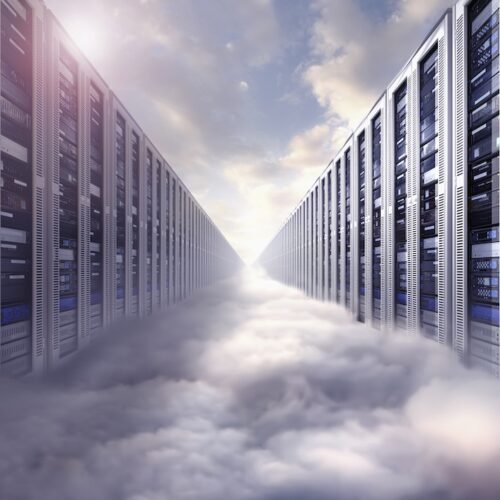
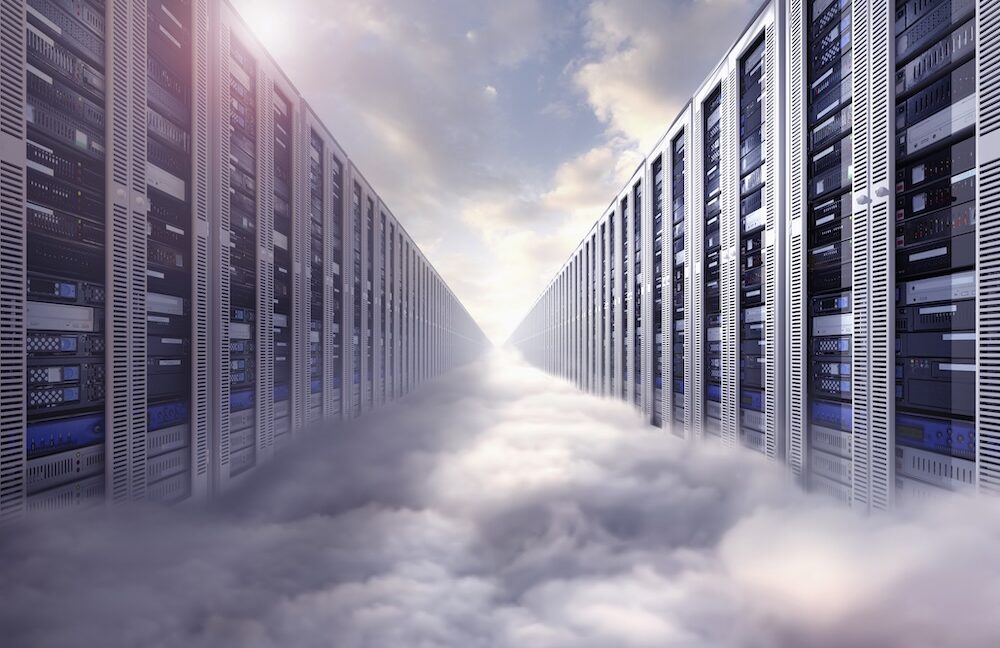
© Getty Images
Steve Marcus/Reuters
Bank of America downgraded AMD after a Business Insider report raised concerns about demand for the tech company's AI chips.
Analysts at BofA cut AMD shares to a "neutral," citing "higher competitive risk" in the AI market, according to an analyst note published on Monday.
BofA analysts also lowered their AMD GPU sales forecast for next year to $8 billion, from $8.9 billion, implying a roughly 4% market share.
AMD's stock dropped roughly 5.6% on Monday, after falling about 2% on Friday. Its shares are down about 5% so far this year.
The declines follow BI's report on Friday that said Amazon Web Services was "not yet" seeing strong enough customer demand to deploy AMD's AI chips through its cloud platform.
Bank of America cited this AWS customer-demand issue, alongside Nvidia's dominance and the growing preference for custom chips from Marvell and Broadcom, as factors limiting AMD's growth potential.
"Recently largest cloud customer Amazon strongly indicated its preference for alternative custom (Trainium/ MRVL) and NVDA products, but a lack of strong demand for AMD," the Bank of America note said, referring to AWS's in-house AI chip Trainium and its close partnerships with Marvell and Nvidia.
AWS's spokesperson said in an email to BI, "AWS and AMD work together closely, as we continue to make AWS the best place to run AMD silicon. Based on the success of AMD CPUs on AWS, we are actively looking at offering AMD's AI chips."
An AMD spokesperson didn't respond to a request for comment on Monday.
AMD recently increased its GPU sales forecast, just a year after launching its line of AI chips. But its GPU market share is still far behind Nvidia's.
Bank of America said AMD could still succeed in the AI chip market, in part due to Nvidia's supply constraints and premium pricing, making it a strong alternative, especially for internal cloud workloads. It also said AMD is well positioned in the server chip market, as rival Intel continues to struggle.
Do you work at Amazon? Got a tip?
Contact the reporter, Eugene Kim, via the encrypted-messaging apps Signal or Telegram (+1-650-942-3061) or email ([email protected]). Reach out using a nonwork device. Check out Business Insider's source guide for other tips on sharing information securely.
Justin Sullivan/Getty Images, I-Hwa Cheng/AFP via Getty Images
AMD CEO Lisa Su said in a recent interview that she never met Nvidia CEO Jensen Huang, her competitor and distant relative, until later in their careers.
"We were really distant, so we didn't grow up together," Su said in an interview with Bloomberg's Emily Chang published Thursday. "We actually met at an industry event. So it wasn't until we were well into our careers."
Former journalist and genealogist Jean Wu said last year that Su and Huang, both Taiwanese chief executives of global chip powerhouses, are first cousins, once removed. Huang, 61, is the older cousin to Su, 55. Huang's mother is a sister to Su's grandfather, a condensed family tree Wu published on her Facebook account showed.
Su confirmed the familial relationship with her competitor in 2020, saying that the two are "distant relatives, so some complex second cousin type of thing."
An Nvidia spokesperson confirmed to CNN last year that Su is Huang's distant cousin through his mother's side.
An Nvidia spokesperson declined to comment on this story, and an AMD spokesperson did not immediately respond to a request for comment.
Huang and Su have eerily similar career paths but different upbringings.
Su was born in Tainan, whereas Huang was born in Taiwan's capital, Taipei.
The AMD CEO later moved to the US, where she grew up in New York and studied at the Massachusetts Institute of Technology.
Huang lived in Washington and Kentucky before settling in Oregon. He later attended Oregon State University.
Su said in the Bloomberg interview that she has a large family she visits when she travels back to Taiwan.
"My dad had like nine siblings, and my mom had like six, so it was like a big family," she said. "So there are lots and lots of cousins and aunts and uncles."
Despite their familial ties, Su and Huang never crossed paths at those family gatherings.
"No family dinners," she said. "It is an interesting coincidence."
Noah Berger/Getty Images for Amazon Web Services
Last year, Amazon Web Service said it was considering offering cloud access to AMD's latest AI chips.
18 months in, the cloud giant still hasn't made any public commitment to AMD's MI300 series.
One reason: low demand.
AWS is not seeing the type of huge customer demand that would lead to selling AMD's AI chips via its cloud service, according to Gadi Hutt, senior director for customer and product engineering at Amazon's chip unit, Annapurna Labs.
"We follow customer demand. If customers have strong indications that those are needed, then there's no reason not to deploy," Hutt told Business Insider at AWS's re:Invent conference this week.
AWS is "not yet" seeing that high demand for AMD's AI chips, he added.
AMD shares dropped roughly 2% after this story first ran.
AMD's line of AI chips has grown since its launch last year. The company recently increased its GPU sales forecast, citing robust demand. However, the chip company still is a long way behind market leader Nvidia.
AWS provides cloud access to other AI chips, such as Nvidia's GPUs. At re:Invent, AWS announced the launch of P6 servers, which come with Nvidia's latest Blackwell GPUs.
AWS and AMD are still close partners, according to Hutt. AWS offers cloud access to AMD's CPU server chips, and AMD's AI chip product line is "always under consideration," he added.
Hutt discussed other topics during the interview, including AWS's relationship with Nvidia, Anthropic, and Intel.
An AMD spokesperson declined to comment.
Do you work at Amazon? Got a tip?
Contact the reporter, Eugene Kim, via the encrypted-messaging apps Signal or Telegram (+1-650-942-3061) or email ([email protected]). Reach out using a nonwork device. Check out Business Insider's source guide for other tips on sharing information securely.
Editor's note: This story was first published on December 6, 2024, and was updated later that day to reflect developments in AMD's stock price.